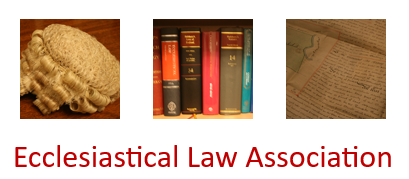The works proposed comprised a number of non-contentious repairs and a major reordering. The reordering included the creation of toilet facilities at the north-west porch and the creation of a two-storey 'pod' in the north transept, to accommodate two meeting rooms; an area for children and parents during services; a servery area for refreshments; a space for community use; a small enclosable room for counselling; and two offices for clergy use. Historic England and the Victorian Society had objections and reservations about these items, but did not become parties opponent. The Chancellor was satisfied that it was appropriate to grant a faculty, stating that, "the need for these facilities, and the benefits respectively enuring to them, are sufficient to justify this intrusion on the character and significance of the building as a whole."

